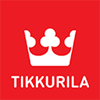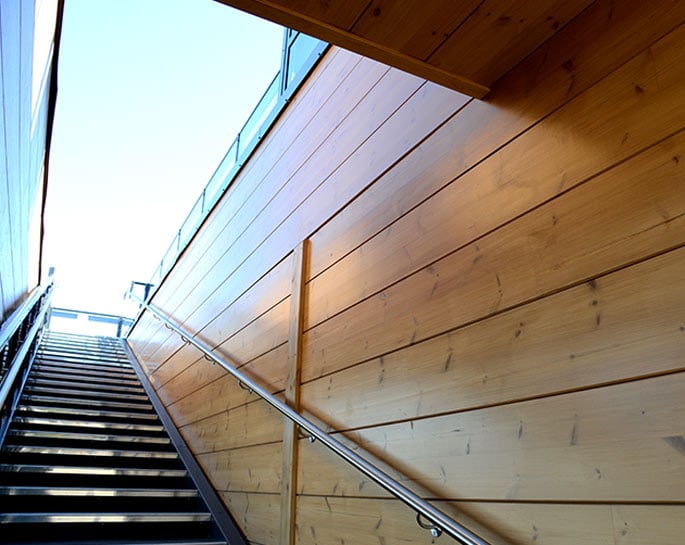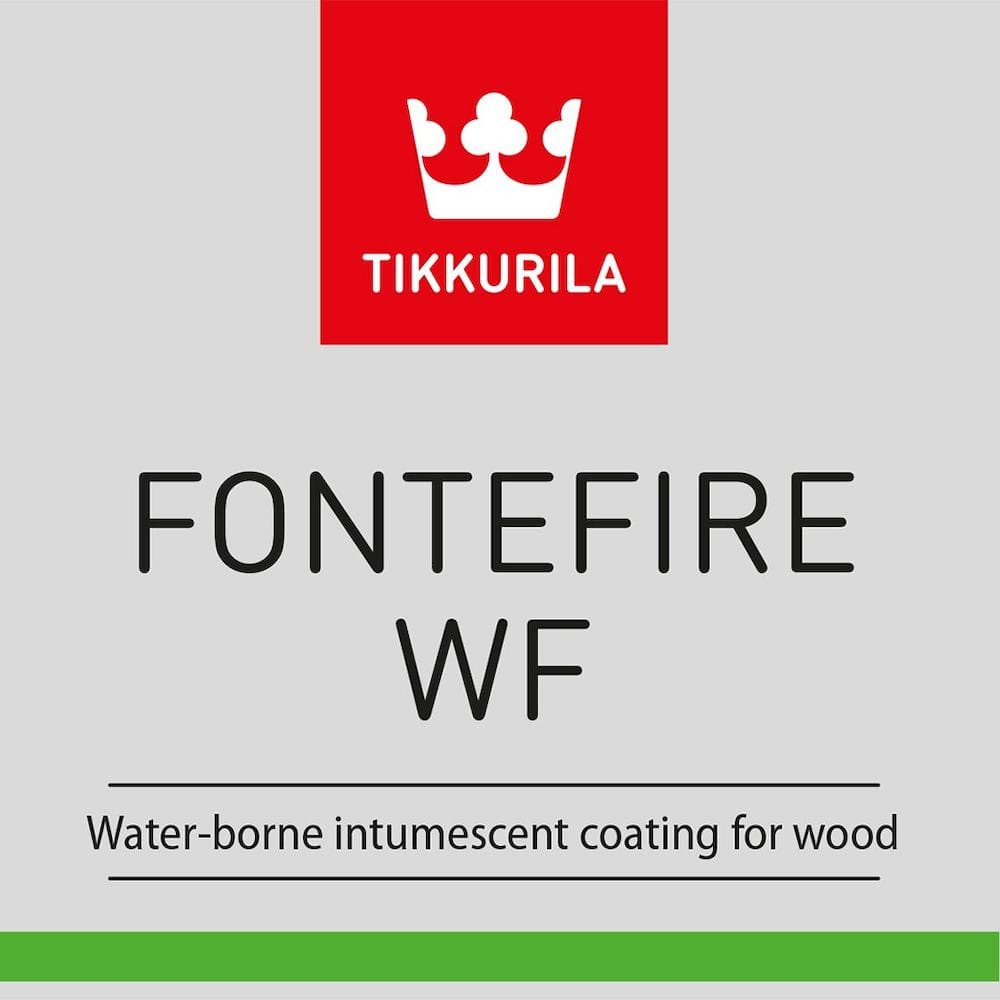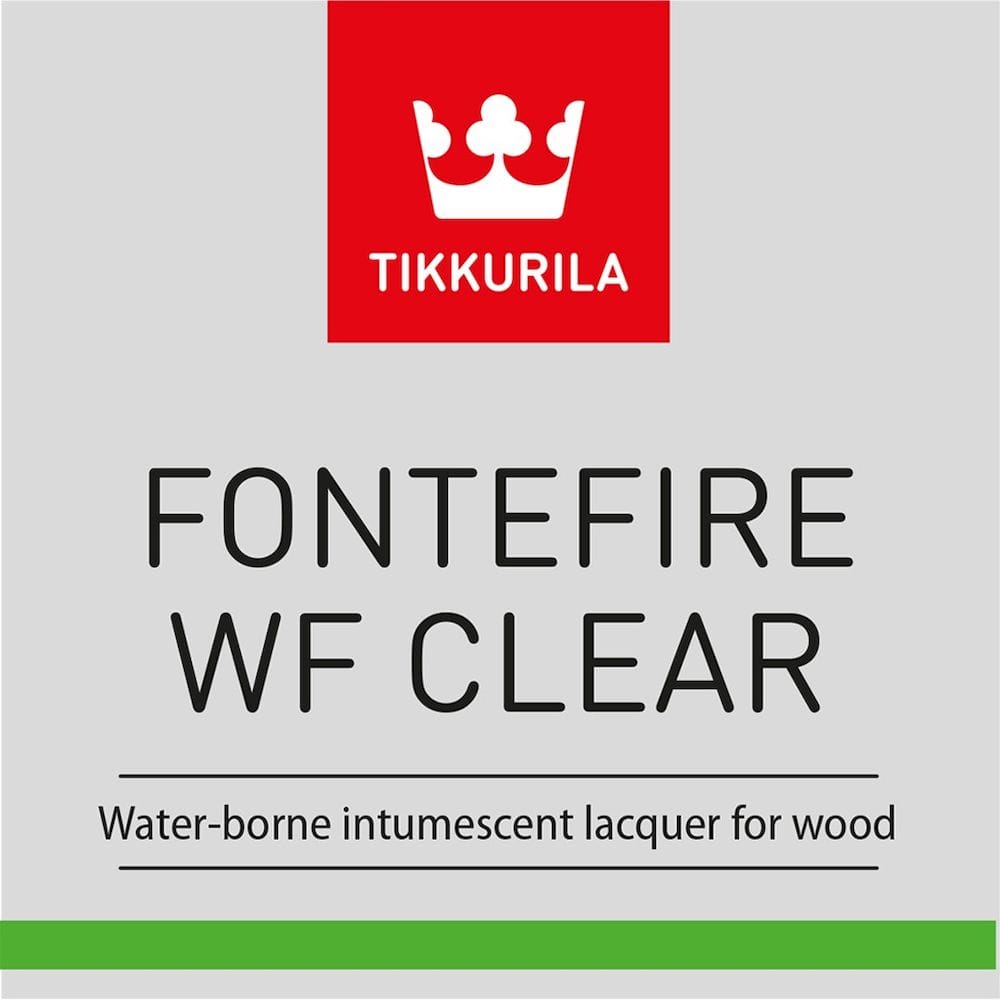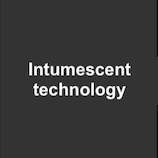Fire retardants slow the ignition of wood and the spread of fire, while also creating less smoke than untreated wood. This provides valuable extra time for people to escape and for emergency services to reach them, while reducing the effects of smoke inhalation.
When exposed to heat, fire-retardant material expands and creates an insulating foam layer on the wood. The porous foam layer insulates the wood from the flames, preventing the wooden surface from heating up rapidly or catching fire. This is known as intumescent technology: fire protection based on the paint surface expanding when exposed to heat.
Compared to salt-based fire-retardant products, surfaces treated with intumescent technology can better withstand moisture, UV light, and weather.
Generally speaking, wood can be used as a construction material without fire-protection treatment. However, depending on the site and the customer requirements, treatment can make the building safer. This extra protection enables a wider use, for example in the following types of buildings:
- Schools, kindergartens, and assisted-living facilities
- Stores
- Detached houses, terraced houses, and apartment buildings
- Offices
- Hotels
- Libraries
- Annexes or extra floors with wooden frames
For less-common types of wooden material, please get in touch with a Tikkurila expert before applying a fire-retardant paint. You can get in touch with an expert here.
We currently offer the following products for fire protection:
- Fire-retardant paint for interior surfaces (Fontefire WF)
- Fire-retardant lacquer for interior wooden surfaces (Fontefire WF Clear); and
- Chemical-resistant surface lacquer for fire-protected surfaces that need to withstand cleaning with common household chemicals (Akvilac WF 10).
Yes. Tikkurila’s fire-retardant products are waterborne, which means they produce less emissions and are environmentally friendly and safe to use.
B-s1, d0 is the best possible fire-safety classification for wooden materials. Construction products and building elements are divided into various fire classifications according to the EN 13501-1 European fire safety standard. The classification also includes an A class, reserved for non-combustible materials such as steel.
Here’s a more detailed listing of the fire classifications for construction materials:
Construction materials are labeled with the following markings, with the exception of flooring; smoke emission and flaming droplets are identified with the extra classifications “s” and “d”. For smoke emissions the classifications are s1, s2, and s3, and for flaming droplets d0, d1, and d2.
A1 = Materials that do not contribute to fire at all (non-combustible materials)
A2 = Materials with extremely limited contribution to fire
B = Materials with very limited contribution to fire
C = Materials with limited contribution to fire
D = Materials with acceptable contribution to fire
E = Materials with acceptable fire behavior
F = Materials with no defined type of fire behavior
s1 = Very low smoke emission
s2 = Low smoke emission
s3 = Smoke emission does not meet s1 or s2 requirements
d0 = No flaming droplets or particles
d1 = Flaming droplets or particles burn out fast
d2 = Production of flaming droplets or particles does not meet d0 or d1 requirements
Source: E1 Suomen rakentamismääräyskokoelma
For more information about fire classifications, please see the Puuinfo technical data sheet on fire classifications for surfaces and roofing materials.
The paint is light gray, adding to the covering properties of the entire paint surface.
No.
Fontefire WF Clear must be directly applied onto the wood without any priming lacquers in order to meet the requirements of the B-s1, d0 surface classification.
Fontefire WF Clear is transparent white. Tikkurila’s fire-retardant products are intended to be applied directly onto the wood. If surfaces are first painted or tinted the fire-retardant properties will not necessarily work as intended. Additionally, the light surface lacquer will cause light to refract, creating a hue for the underlying surface that is not necessarily what the customer wanted.
No. The fire-retardant classification is only approved for clear lacquer, not tinted.
Not at the moment, though we are currently testing a tinted surface lacquer to investigate how well the fire-protection properties are maintained when tinting.
No. The fire-retardant classification is only retained if one of the following products is used as a topcoat:
- Ultra Pro, 709 series
- Akvi Top DS 25 (interiors)
- Akvilac WF 10 (interiors)
If a fire-protected surface needs to be abrasion resistant, it should be finished with a top lacquer or paint.
Indoors, a fire-retardant lacquer alone is sufficient for wood surfaces that are not subject to wear, such as ceilings.
Fontefire WF products are developed, and primarily intended, for industrial painting. In addition to vacuum application, spraying, and curtain coating, the products can be applied onto small surfaces with brushes or rollers. Only industrial paint shops currently hold valid fire-retardant certifications.
No. For special circumstances always consult a local fire protection specialist.
